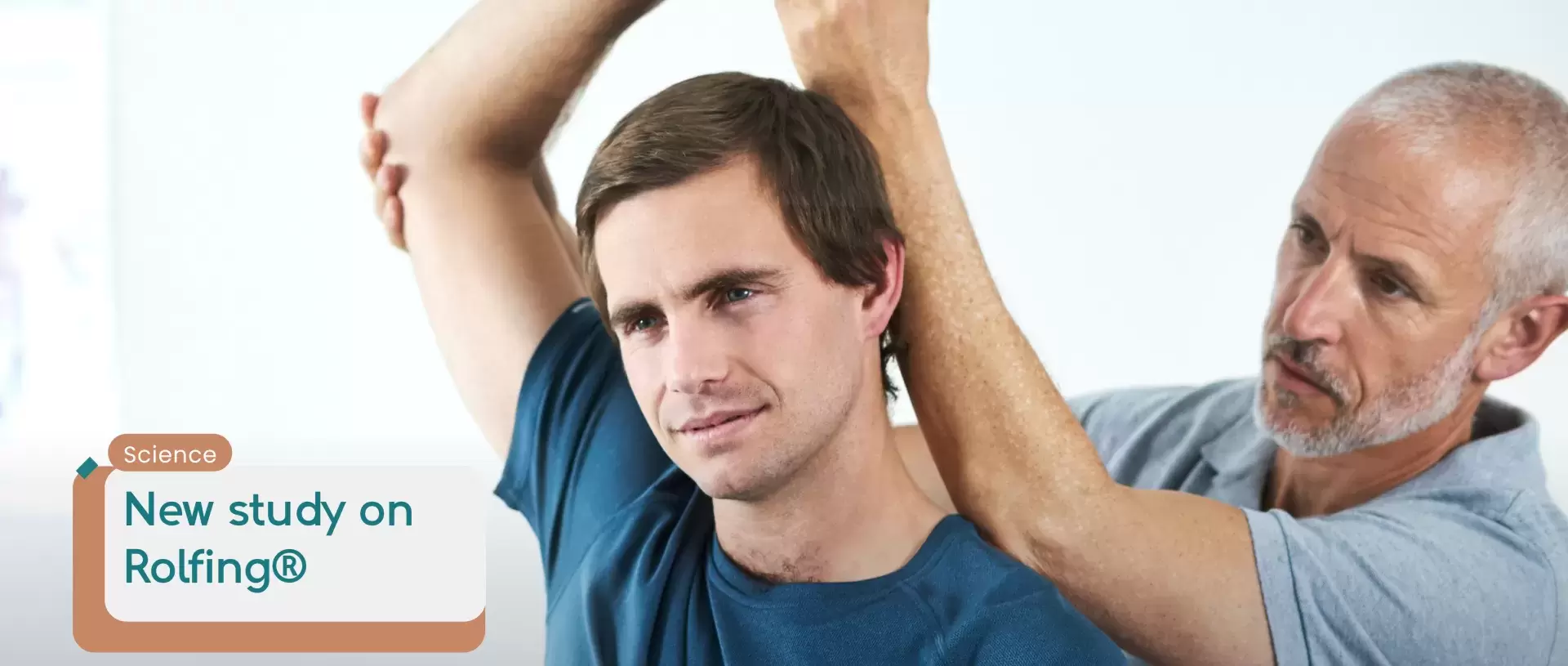New Study Proves Effectiveness
In a current scientific investigation, Rolfing® Structural Integration has been identified as an effective neuromuscular therapy to help with misalignments in the body due to fascial thickening and shortening. Rolfing is a holistic approach to fascia therapy with elements of sensorimotor education. It focuses on balancing posture and can release strain and stiffness.
In this secondary analysis of study data collected of 727 subjects over a 23-year period, it was found out that shoulder flexion, external and internal rotation, and hip flexion improved significantly after 10 sessions of Rolfing Structural Integration. In the Rolfing 10 series, the therapist changes the position of each part of the body in relation to the position in the gravitational field in order to improve the ergonomics of movements and posture.
The research group of Andreas Brandl, Katja Bartsch, Helen James, Marilyn E. Miller, and Robert Schleip came to the conclusion that Rolfing leads to changes in the components of myofascial chains, which help maintain upright posture in humans and lessen compensation patterns. Another finding of the retrospective cohort study was that Rolfing Structural Integration could have a different effect on the outcome of some active movement parameters in women and men.
Read full article “Influence of Rolfing Structural Integration on Active Range of Motion: A Retrospective Cohort Study” published in October 2022 in the Journal of Clinical Medicine.
Author: Sabine Becker
Learn more about Rolfing® Structural Integration.
Find a Rolfer® or Rolf Movement™ Practitioner near you
More information on how to become a Certified Rolfer®.
Want to know more?
Sign up for our newsletter and receive regular information about Rolfing® Structural Integration.







